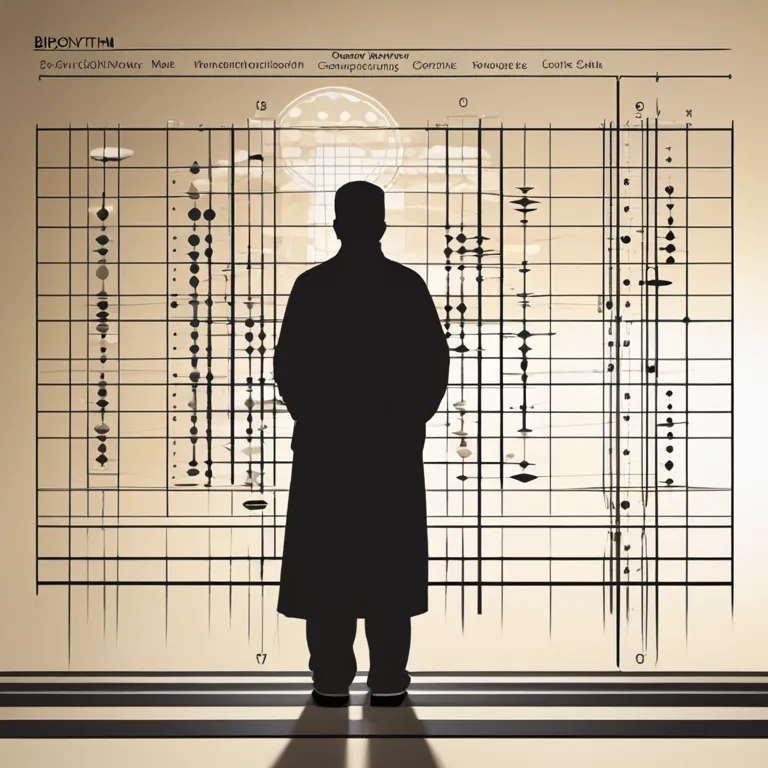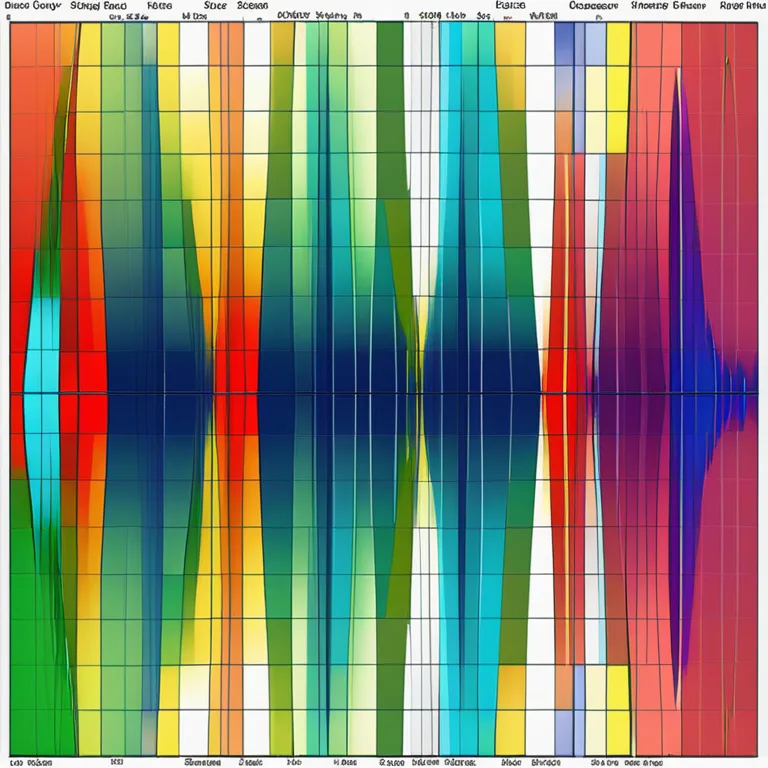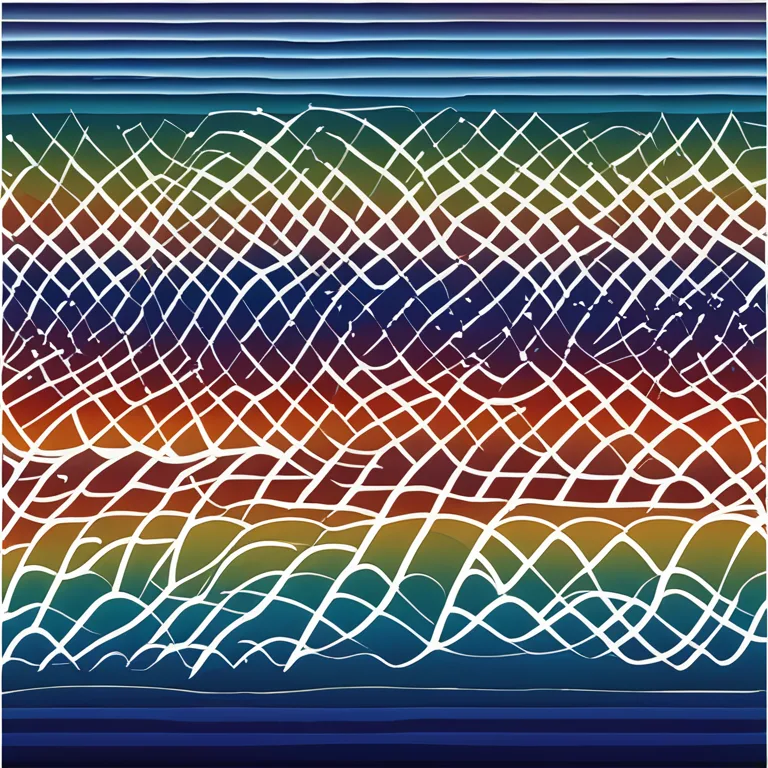
Master Your Biorhythms: A Step-by-Step Guide
Learn to read your biorhythm chart with ease and gain deeper insights into your personal cycles of energy, emotions, and intellect.
article by Adrian Wallace
Introduction to Biorhythm Theory
Biorhythms are a concept that suggests our lives are influenced by natural physiological cycles. These rhythms are thought to affect our physical, emotional, and intellectual capabilities, forming the basis of biorhythm theory. The understanding of these patterns dates back to the early 20th century and has since intrigued those seeking insight into their personal dynamics. As we move beyond 2024, the age-old practice of biorhythm charting continues to evolve with new digital tools, making it accessible for everyone to track and interpret their cycles.

Essentials of a Biorhythm Chart
A biorhythm chart visualizes three primary cycles: physical, emotional, and intellectual. Each cycle starts from your date of birth and oscillates in a sine wave pattern. The physical cycle, lasting 23 days, affects stamina, strength, and overall physical condition. The emotional cycle, with a 28-day span, influences mood, creativity, and emotional stability. The intellectual cycle, repeating every 33 days, impacts analytical thinking, memory, and communication. Understanding this chart is the key to anticipating fluctuations in these areas of your life.

Reading the Highs and Lows
The interpretation of your biorhythm chart involves analyzing the position of the three sine wave cycles. A wave crest indicates a high point in the corresponding cycle, suggesting a period of heightened ability or activity. Conversely, a trough indicates a low point, which may be a time for rest and caution. Days when a cycle crosses the baseline are considered critical, marking a transition from positive to negative phases, or vice versa, and may coincide with instability or unpredictability in that aspect of your life.

Determining Your Current State
To determine your current state on the biorhythm chart, locate today's date along the horizontal axis and assess where each of your three cycles converge. If most cycles are in the positive phase, you may feel energetic and capable. If they're in the negative phase, it might be wise to take it easy and avoid major decisions or risks. Critical days require extra attention as they may be times of significant, if subtle, shifts in your well-being or abilities.

Planning with Your Biorhythms
Biorhythms can serve as a personalized planner for your activities. For example, when your physical cycle is peaking, it might be a great time to start physical projects or intensify workouts. Emotional highs are opportune for engaging in social events or nurturing relationships, while intellectual peaks can be perfect for problem-solving or learning new skills. By aligning your schedule with your biorhythm chart, you can potentially maximize your effectiveness and well-being.
Technological Enhancements in Biorhythm Tracking
In recent years, technological advancements have made tracking biorhythms more effortless and accurate. Digital applications can now generate personalized biorhythm charts based on your birth date, providing daily, weekly, or monthly analyses. Some innovations even integrate artificial intelligence to offer predictive suggestions about how to best tackle upcoming challenges or opportunities based on your cycles.
Conclusion
Reading a biorhythm chart can offer a unique perspective on the ebb and flow of your physical, emotional, and intellectual capabilities. With practice, you can use this tool to navigate life more smoothly, aligning your actions with the natural rhythms that influence us all. Keep in mind that biorhythms are just one of many approaches to personal wellness and decision-making, and they should be used in conjunction with other methods for a balanced outlook.
Published: 12/28/2023
Modified: 12/28/2023
More predictions
Come back here soon to learn more about yourself and your future


Biorhythms Compatibility Calculator: Synchronize Your Cycles
Discover how a biorhythms compatibility calculator can help you sync with your partner's innate cycles for an enhanced connection.


Biorhythm Compatibility and Birth Dates: The Connection Revealed
Discover how biorhythm compatibility based on birth dates can influence personal connections and relationship dynamics.